本文由Stu/D/O Architects授权mooool发表,欢迎转发,禁止以mooool编辑版本转载。
Thanks Stu/D/O Architects for authorizing the publication of the project on mooool, Text description provided by Stu/D/O Architects.
Stu/D/O: Naiipa (字面意思是“森林深处”)是一个综合项目,由美术馆、录音室、舞蹈室、餐馆、咖啡店和办公空间组成。它位于Sukhumvit 46街,一条连接Rama 4路和Sukhumvit路上BTS站的小街。这个项目的名字来源于隐藏在森林中的建筑的概念,因为周围都使用了镜面玻璃来扩大绿色视野。
Stu/D/O: Naiipa (Literally means ‘Deep in the Forest’) is a mixed use project consisted of an Art Gallery, Sound Recording Studio, Dance Studio, Restaurants, Coffee Shops, and Office Spaces. It is located on Sukhumvit 46, a small street that connects Rama 4 road to Phrakanong BTS Station on Sukhumvit road. The project is named after the concept of concealing the architecture in the forest as the vision of greenery is expanded by using reflective glass all around.
一到这里,项目的主要特点和设计感就会展现在游客面前,有一群既存的大树在场地的中心。从一开始,Naiipa的目标就是创造与树木无缝共存的建筑,为居住者和游客提供一个和平的、鼓舞人心的艺术社区。
Upon arrival, visitors are greeted with the project’s main feature and driving force in design, a groups of large, pre-existing trees in its center. From the very beginning, the goal of Naiipa has been to create architecture that seamlessly co-exist with the trees, providing a peaceful and inspiring art community for both its occupants and visitors.
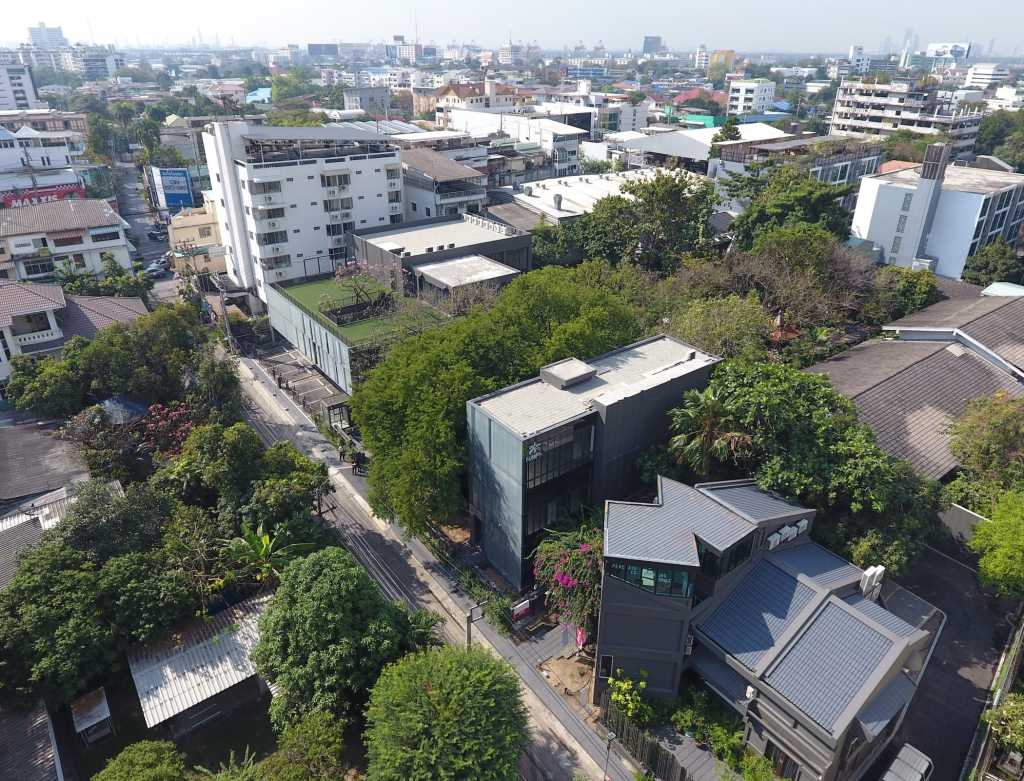
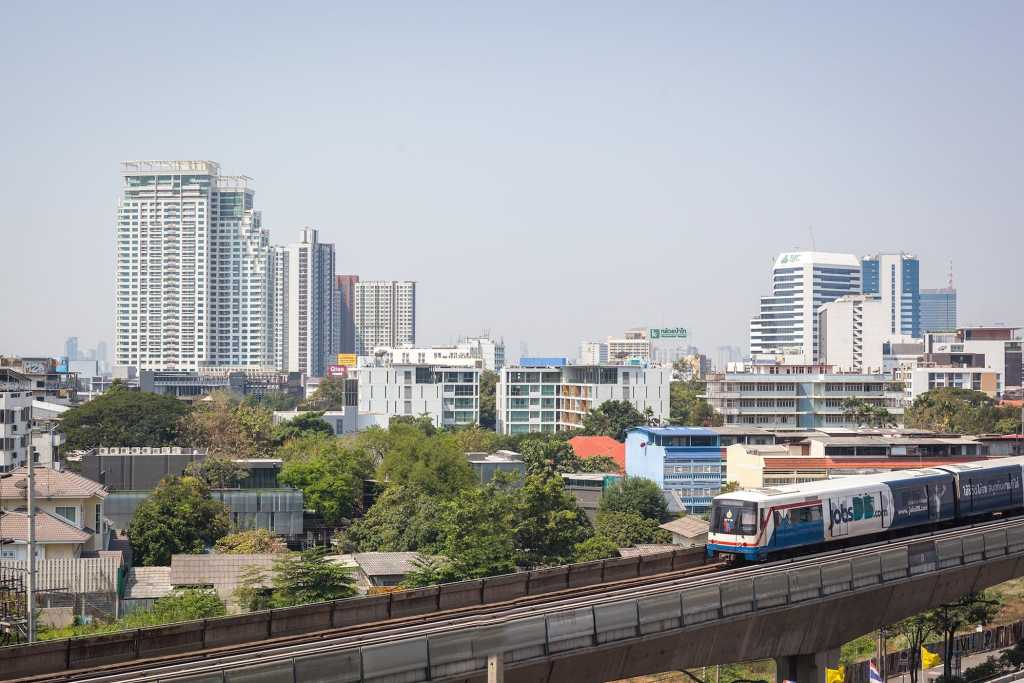 场地区位 Layout
场地区位 Layout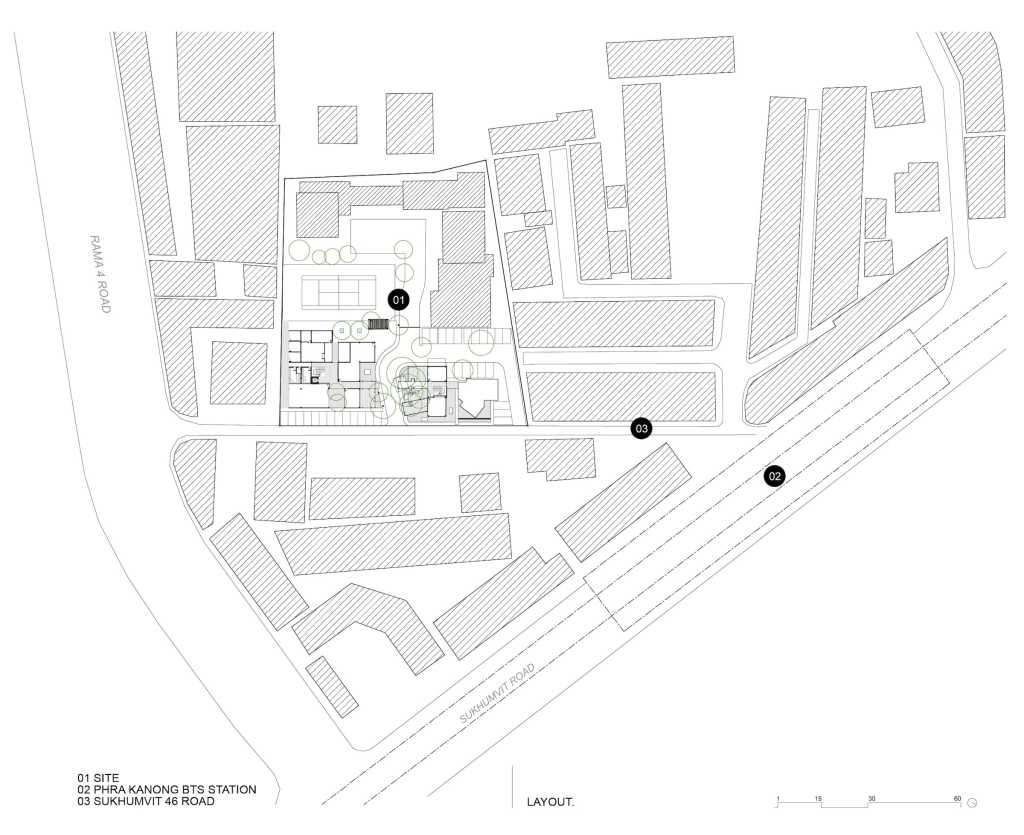 一层平面 Ground Floor
一层平面 Ground Floor 二/三层平面 Second/Third Floor
二/三层平面 Second/Third Floor
建筑围合关系 Mass
为了满足该项目2000平方米的办公室和零售的需求,主要功能被分成两大部分,将场地围合成两大主体,主庭院将作为一个自由开放的空间。A号楼被设计成一个水平细长的二层建筑,引导阳光照射到现有的粉红色喇叭树上,保证树木的良好生长,同时为该建筑的居住者创造一个大气庭院。对比A楼的水平形式,B楼是一栋垂直定向的四层建筑。这两个主要的部分通过多层雕塑梯田连接在一起,这些梯田相互交织在现有的树木之间,所有的树木都没有受到影响。
In order to fulfill the 2,000-square-meter office and retail programmatic requirement of the project, the main functions are divided into two to main masses which bounded the site, leaving the main tree courtyard as a free open space. Building A was designed to be an elongated 2-story horizontal building, allowing sunlight to reach the existing Pink Trumpet Tree, preserving its growth while creating an atmospheric courtyard for the building’s occupant. To contrast the horizontal form of Building A, Building B is a vertically orientated 4-story building. The two main masses are then connected together by multi-level sculptural terraces that intertwine itself between the existing trees, leaving all the trees untouched.
该项目的结构设计也考虑了现有的树木。为保持功能区的结构完整性,两座主要建筑采用典型的混凝土结构。与此同时,在树木聚集的中央空地区域引入了钢结构。结构系统的变化是由于建筑离绿地很近,如果使用砂浆会损坏现有的树木,所以使用钢结构来降低污染的风险。此外,钢结构在施工中可以围绕不断扩展的树枝,提供了更多的灵活性。
The structural design for the project was also executed in respect and consideration to the existing trees. The two main buildings are constructed with typical concrete structure in order to maintain the structural integrity of the function areas. Meanwhile, in the central open space area where the trees mostly congregate, steel structures were introduced. The shift in structural system is due to the building’s close proximity to the greenery, where the use of mortar could damage the existing trees, thus by using steel structure, the risk of contamination is reduced. In addition, steel structure provides more flexibility in navigating the construction around the expanding tree branches.
三种不同类型的玻璃: 反射型、半透明型和透明型,以及立面有节奏的折叠模式被用来将建筑与周围的城市环境联系起来,因为它逐渐改变了建筑,最终消失在自然之中。面向街道的东立面是半透明的双层立面,有助于过滤和减少流入建筑的热量。此外,当半透明的立面向入口移动时,其光滑的表面开始折叠,暗示着里面的森林,这种图案模仿了阳光透过树冠投射下来的阴影。进入内部之后,内部建筑的立面和漂浮的“鸟巢”画廊被镜面玻璃包裹,就像是消解在树林之中。正是这种被树木完全包围的效果唤起了人们真正在森林深处的感觉。
Three different types of glazing: reflective, translucent, and transparent, along with the rhythmic folding pattern of the façade, are utilized to link the architecture to the surrounding urban context conditions, as it gradually transforms the architecture and finally vanishes into nature. The east façade, which faces the street, is a translucent double façade, helping to filter and reduce heat flowing into the building. Furthermore, as the translucent façade moves towards the entrance, its smooth surface begins to fold, alluding to the forest within, as the pattern mimics the dancing shadows casted by sunlight as it filters through the tree canopies. Once inside, the inner architectural façade and the floating “Bird Nest” Gallery cladded in reflective glass seems to dissolve and disappear amongst the trees. It is this effect of being completely surrounded by trees that which evokes the feeling of truly being Naiipa.
地点: 泰国曼谷
类型: 建筑和室内设计
计划: 混合使用
客户: G’RIS 46
场地面积: 1200平方米
建筑面积: 2400平方米
设计时间: 2012年
完成时间: 2016年
建设成本: 7000万铢
Location: Bangkok, Thailand
Type: Architecture and Interior Design
Program: Mixed Use
Client: G’RIS 46
Site Area: 1,200 sqm.
Built Area: 2,400 sqm.
Design: 2012
Completion: 2016
Construction Cost: 70M baht
Stu/D/O项目团队: Apichart Srirojanapinyo; Chanasit Cholasuek; Adrian Smiths; Chompunuch Vanichayanguranon; Pitchaya Kointarangkul
景观设计: Field Landscape Studio
照明设计: Siriluck Chinsaengchai
标识设计: KK Rakitawan
结构工程: B.N.G.工程
机械工程: MEE Consultants
咨询顾问: Chanin Limapornvanich
承包商: Sittanant
可视化: Stu/D/O
摄影: Stu/D/O, Pirak Anurakyawachon
Stu/D/O Project Team: Apichart Srirojanapinyo; Chanasit Cholasuek; Adrian Smiths; Chompunuch Vanichayanguranon; Pitchaya Kointarangkul
Landscape Architect: Field Landscape Studio
Lighting Designer: Siriluck Chinsaengchai
Identity Designer: KK Rakitawan
Structural Engineer: B.N.G. Engineering
Mechanical Engineer: MEE Consultants
Consultants: Chanin Limapornvanich
Contractor: Sittanant
Visualizer: Stu/D/O
Photography: Stu/D/O, Pirak Anurakyawachon
奖项:
-2015年新秀(stu/D/O x NAIIPA)壁纸年度设计
-2016年度ASA奖状
Awards:
-2015 Emerging Talent (stu/D/O x NAIIPA), Wallpaper’s Designs of the Year
-2016 ASA Citation Award
更多 Read more about:Stu/D/O Architects


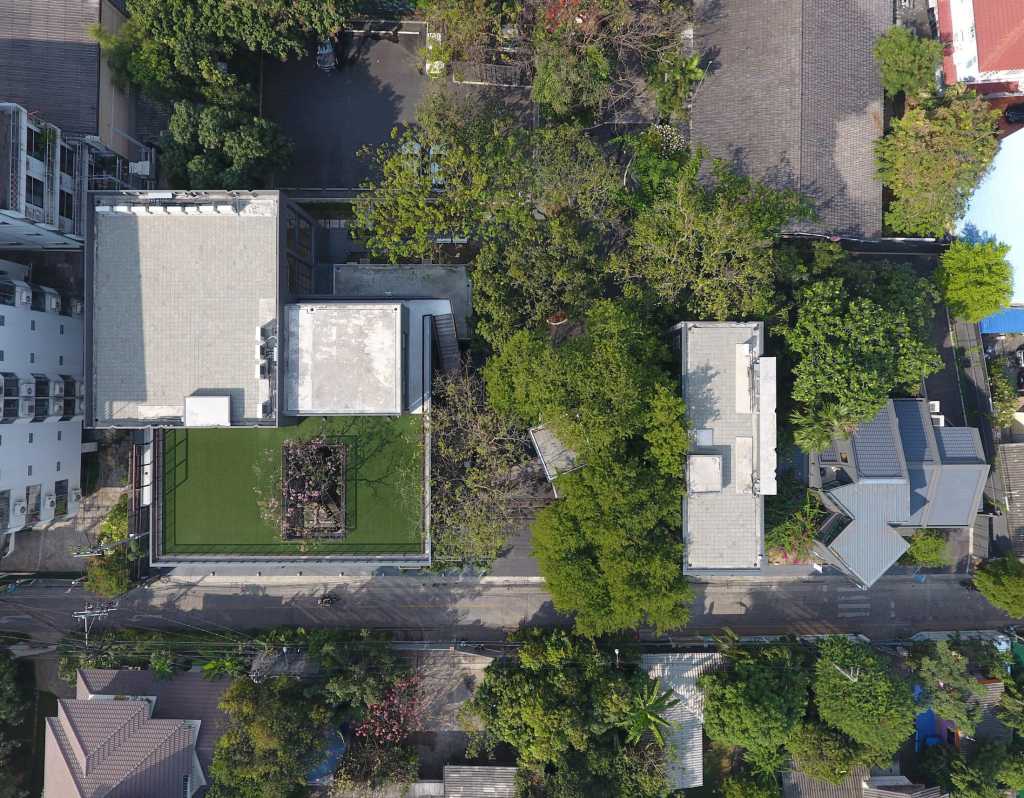


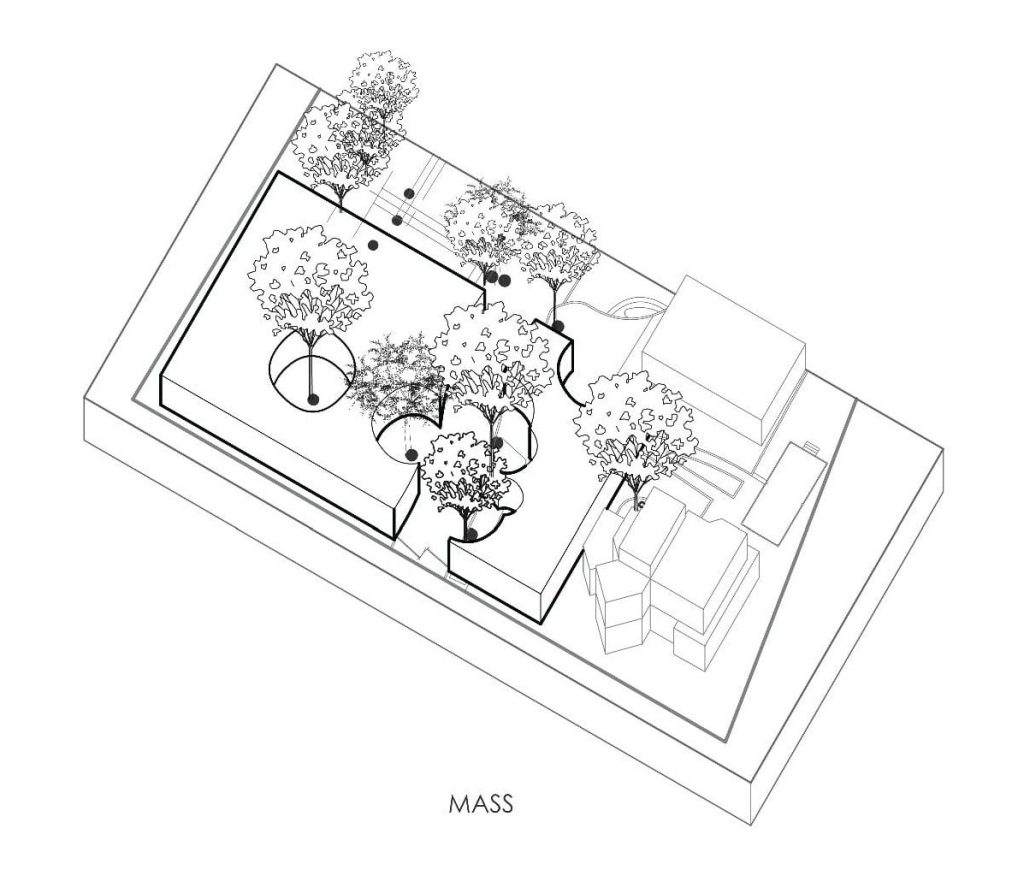

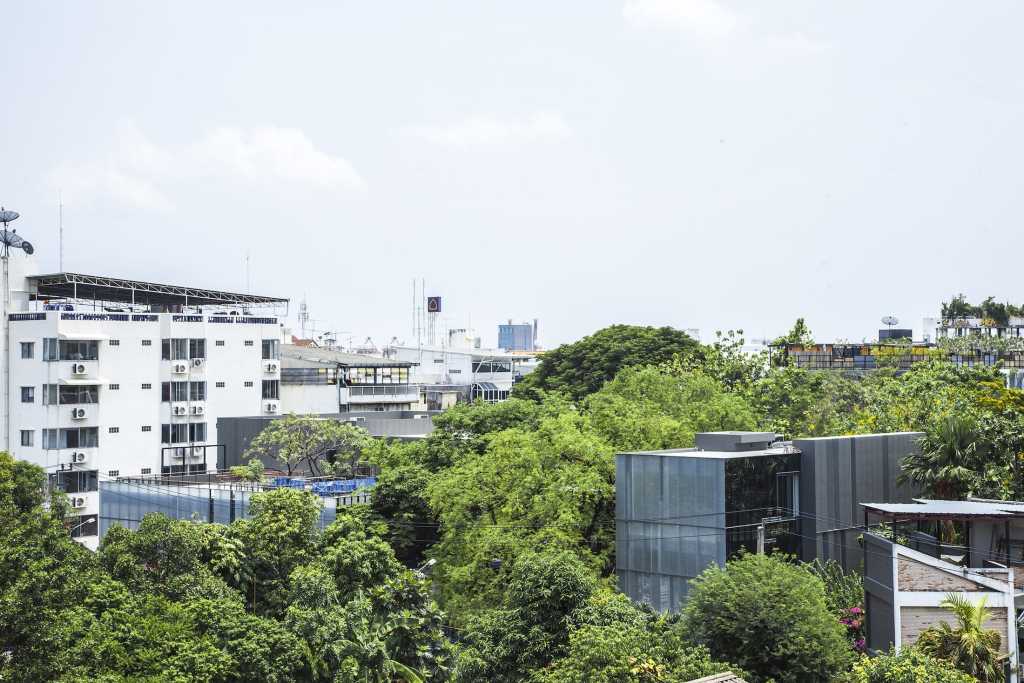


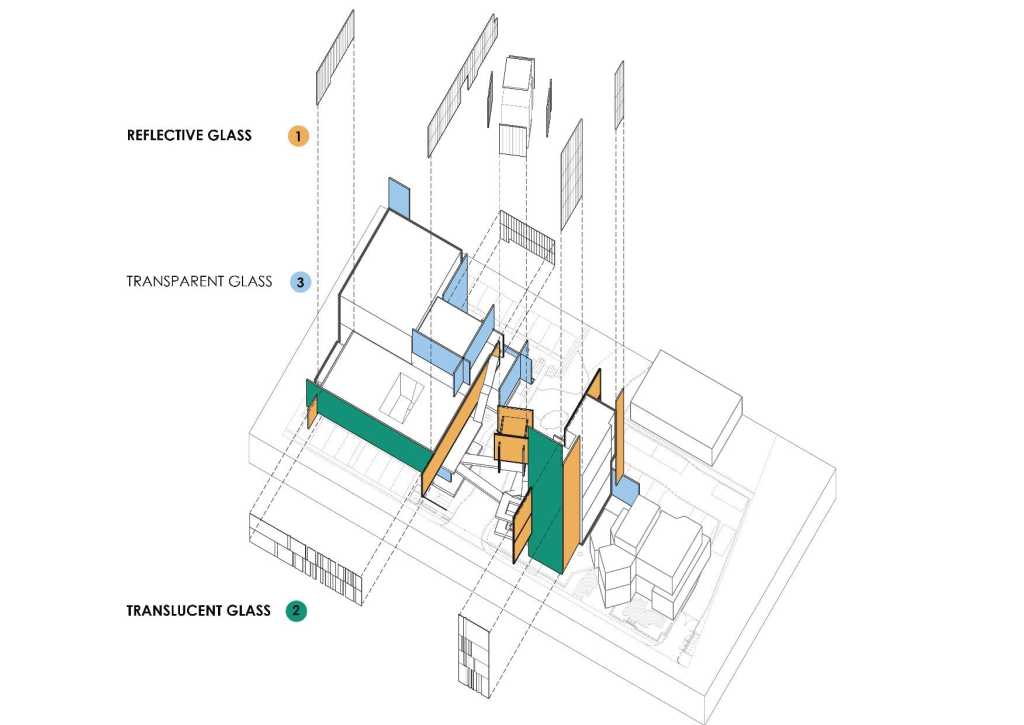
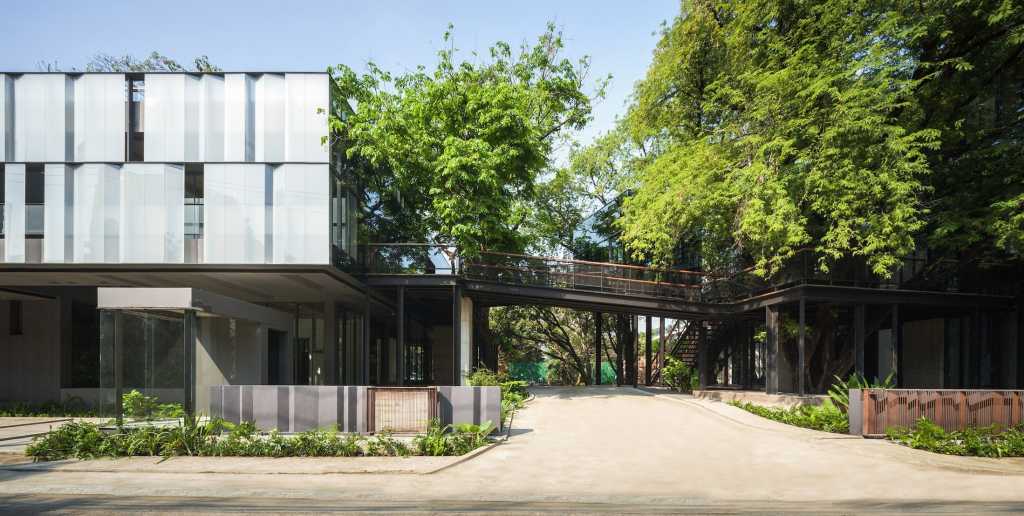
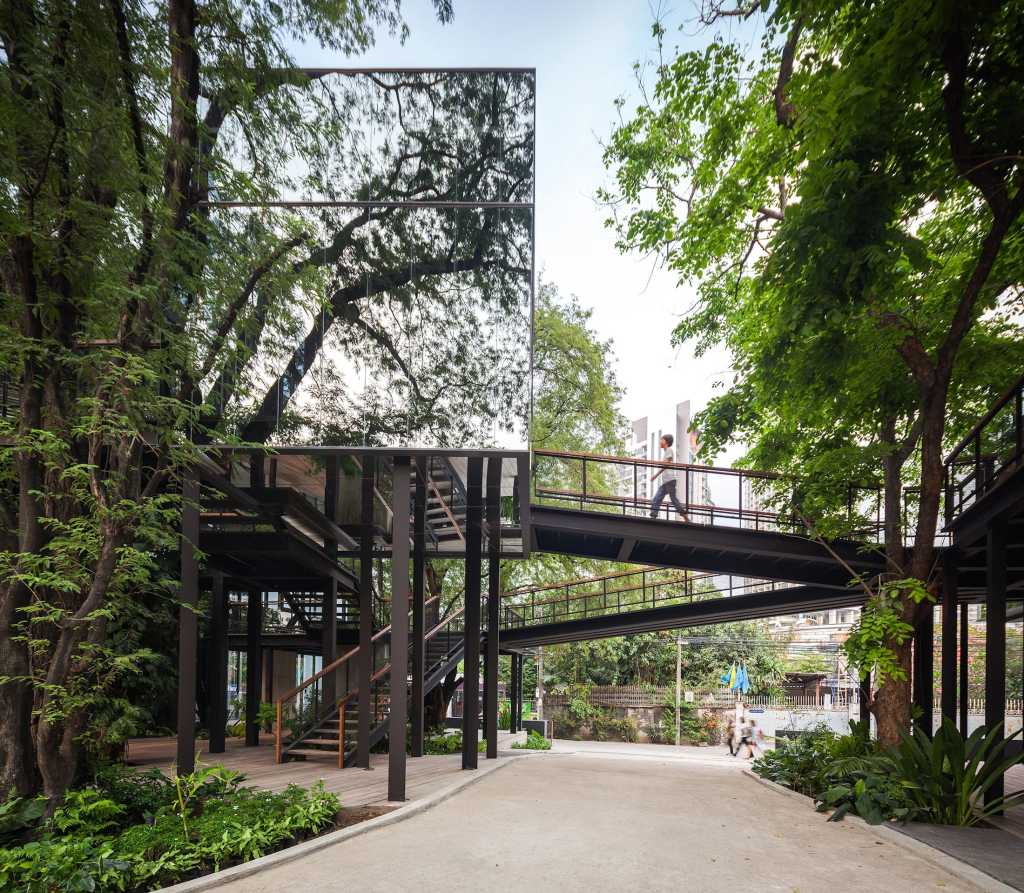
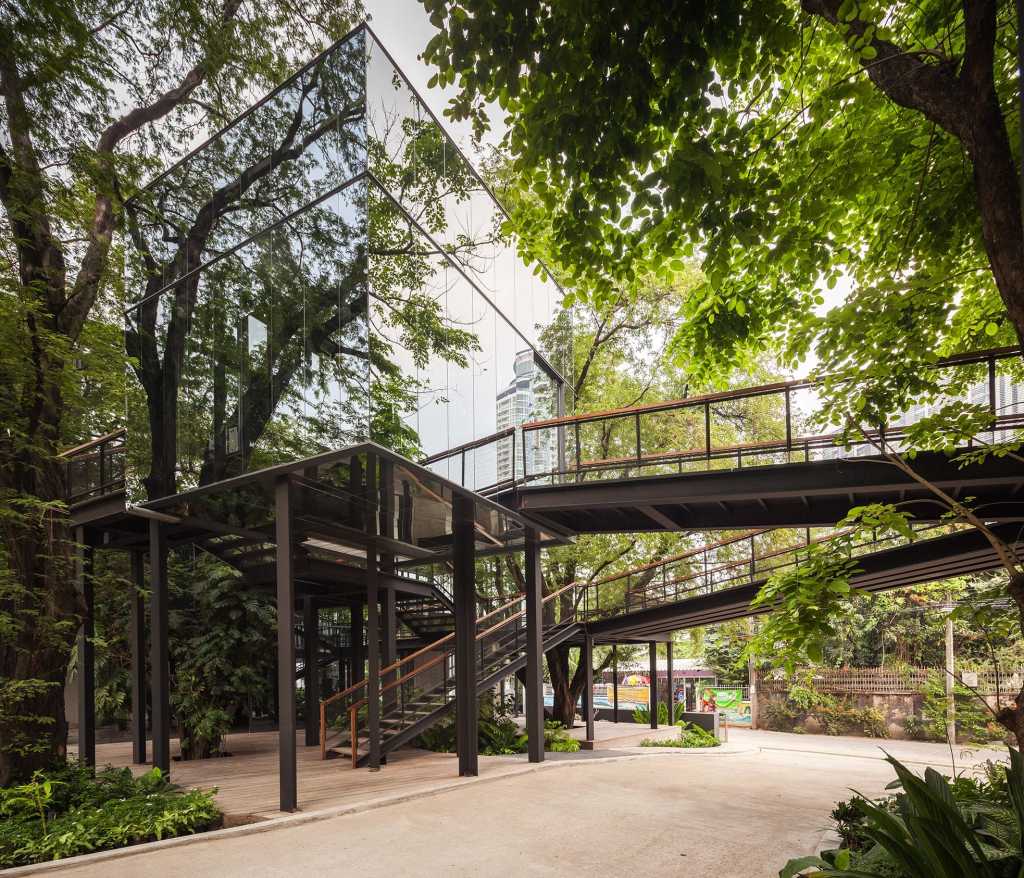
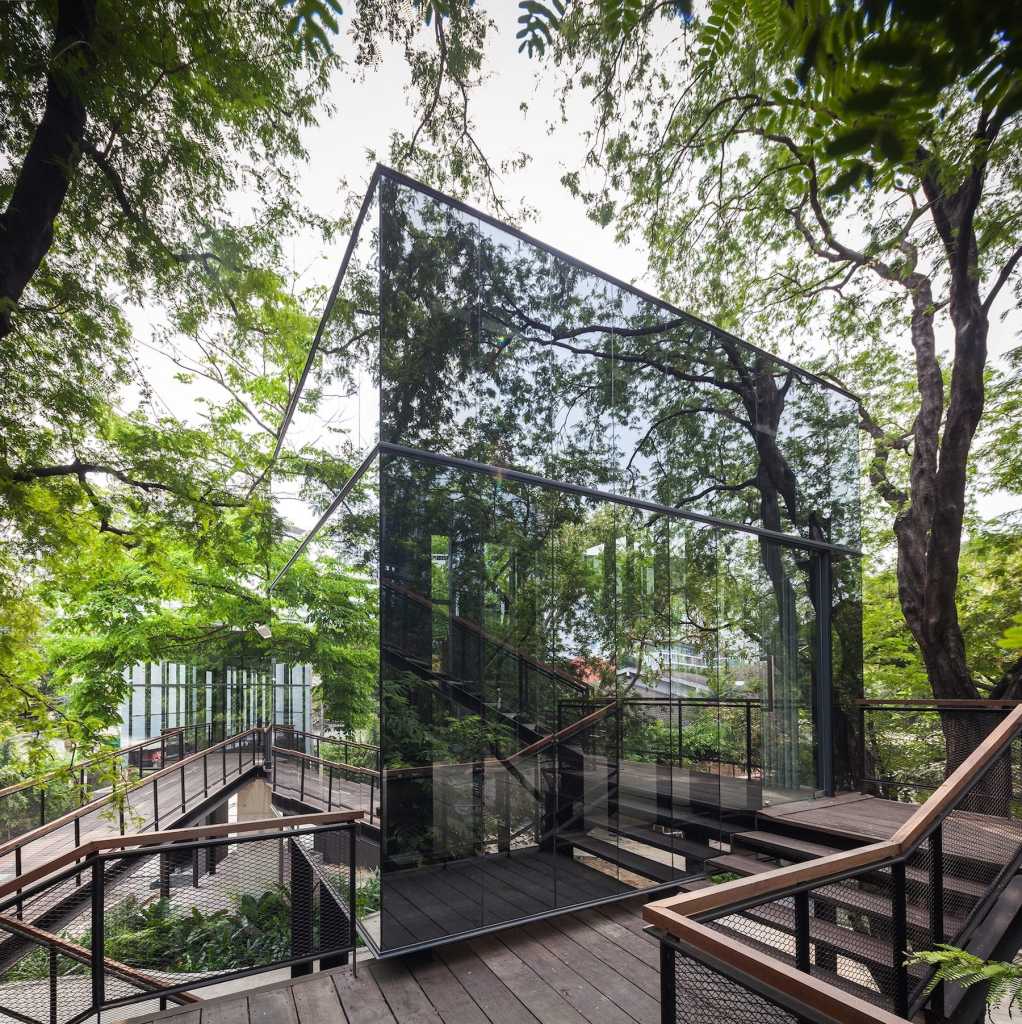
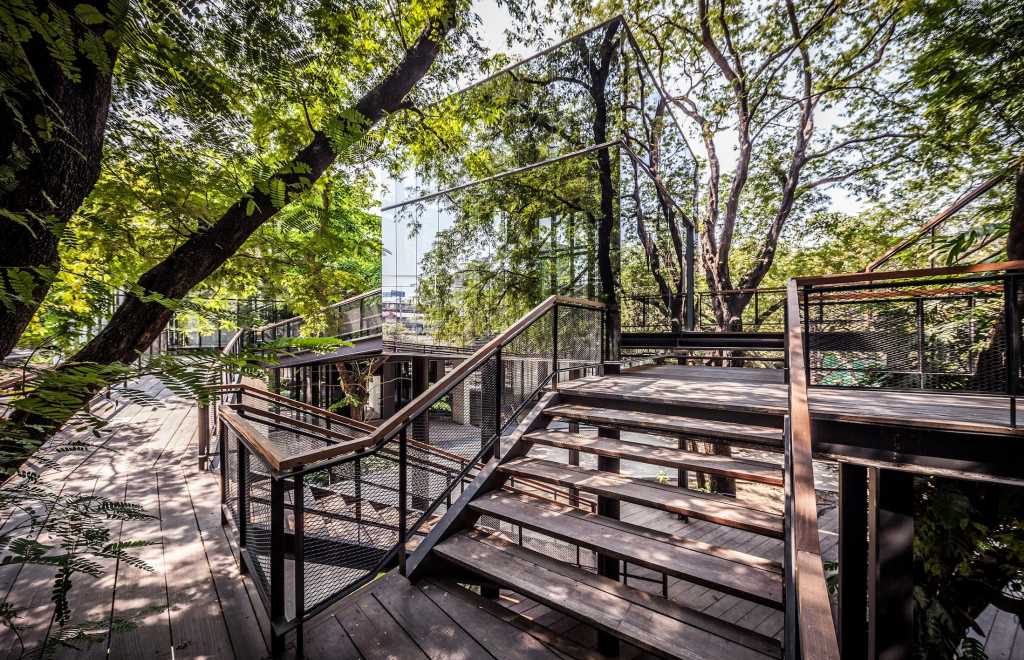

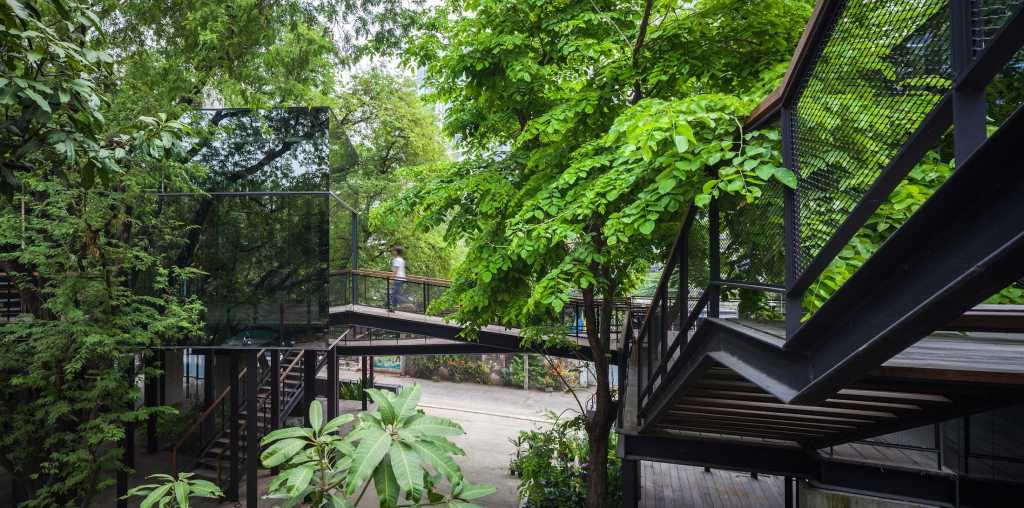






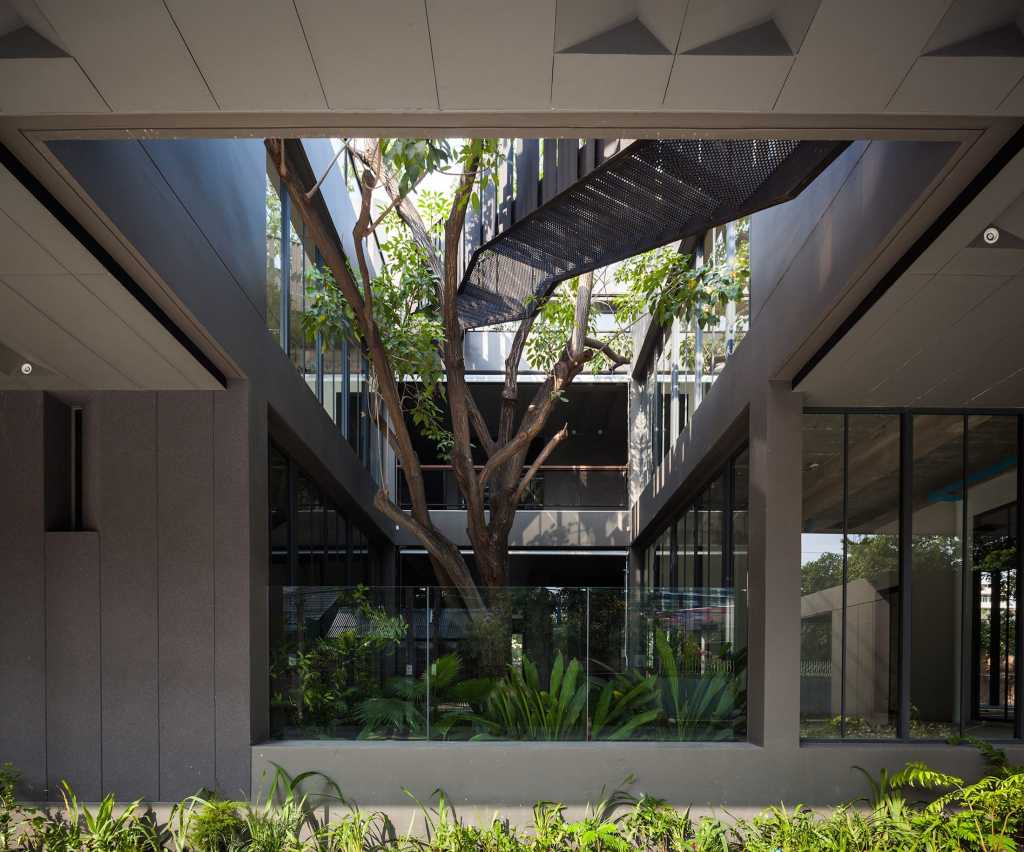




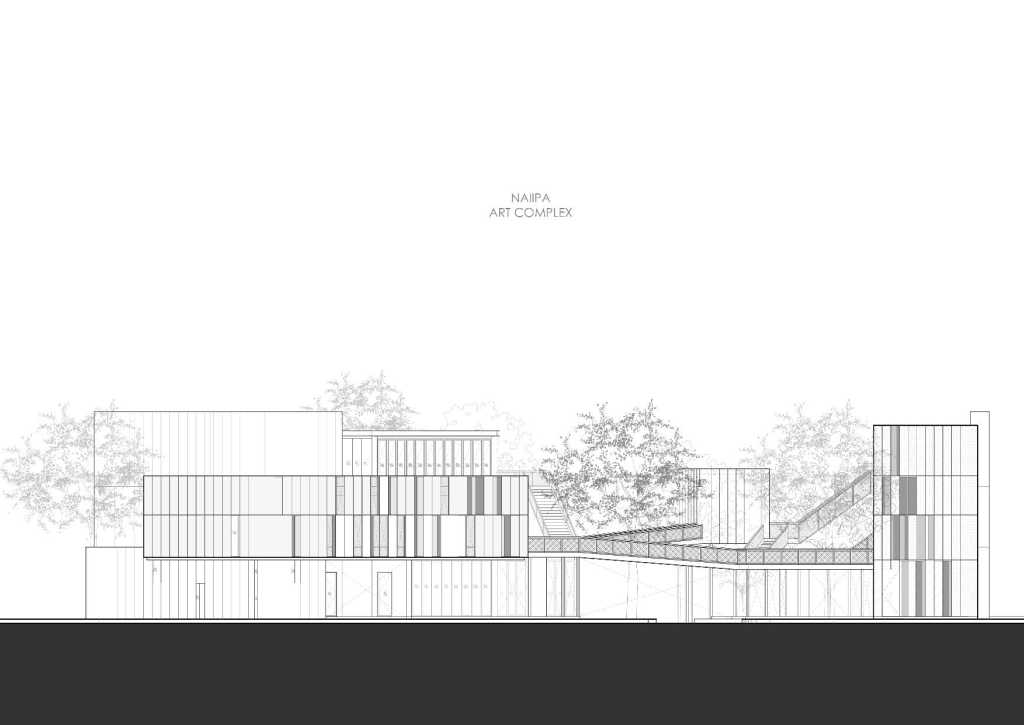




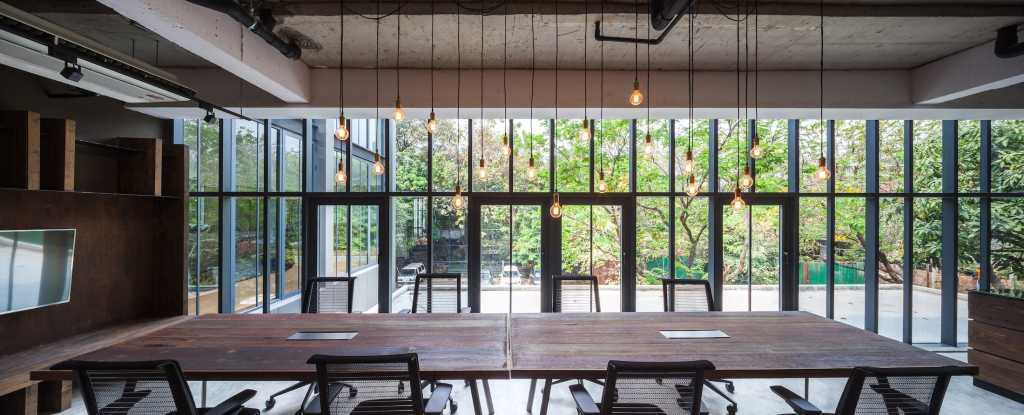


0 Comments